MUSKOX OF SOMERSET
Arctic Watch
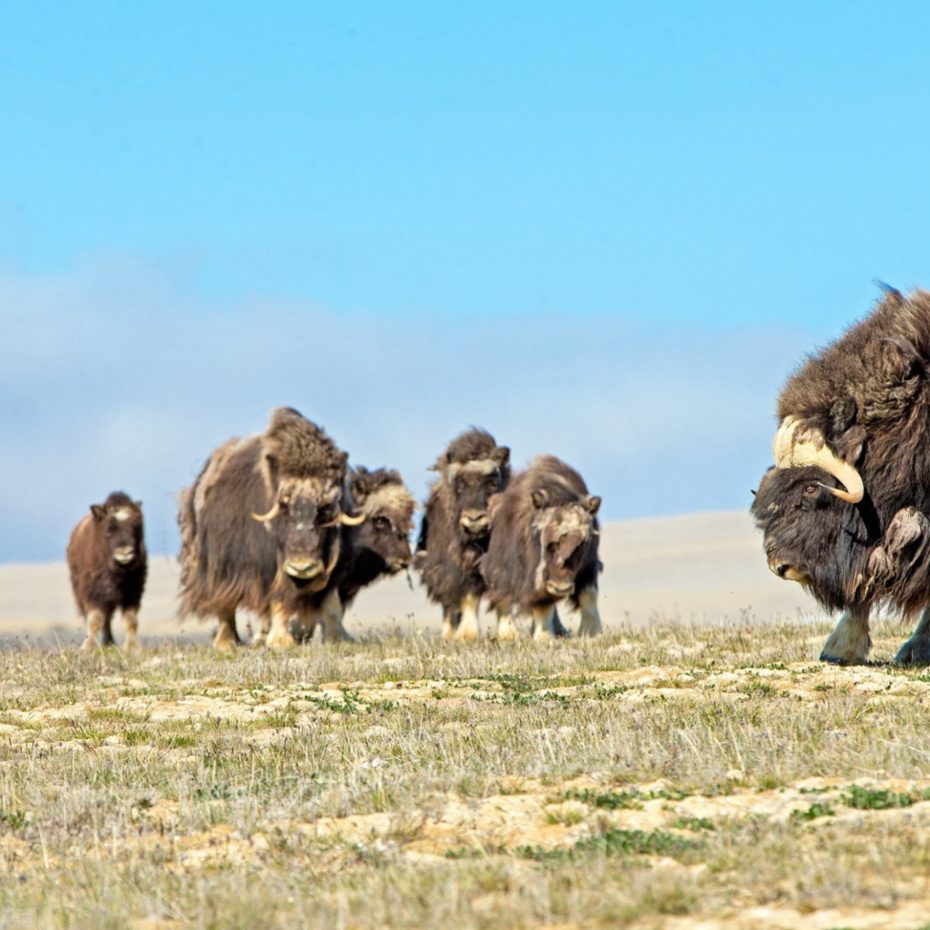
Arctic Watch
June 12, 2018 | Arctic Watch
Arctic Watch's surroundings are home to one of the largest land mammals in Nunavut: The Muskox
Arctic Watch is located on Somerset Island. The Island is completely devoid of human inhabitants. One of the island’s largest resident is the muskoxen!
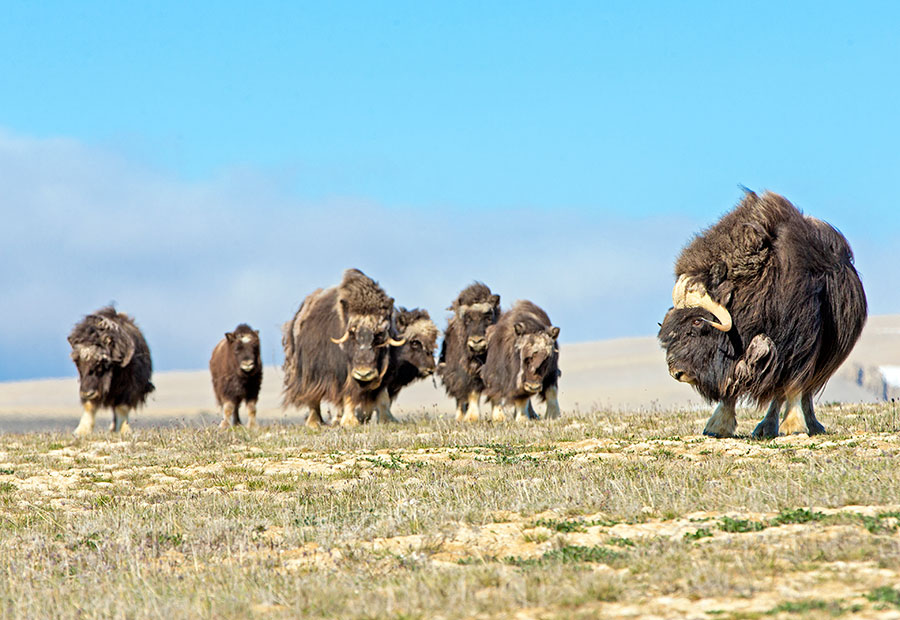
The Muskoxen that live on Somerset Island and within the vicinity of Arctic Watch are a gorgeously unique beast to observe - prehistoric looking, completely adapted to their environments and relatively abundant on Somerset Island, they’re the Arctic’s prehistoric brother to the wolly mammoth (they once lived along side!).
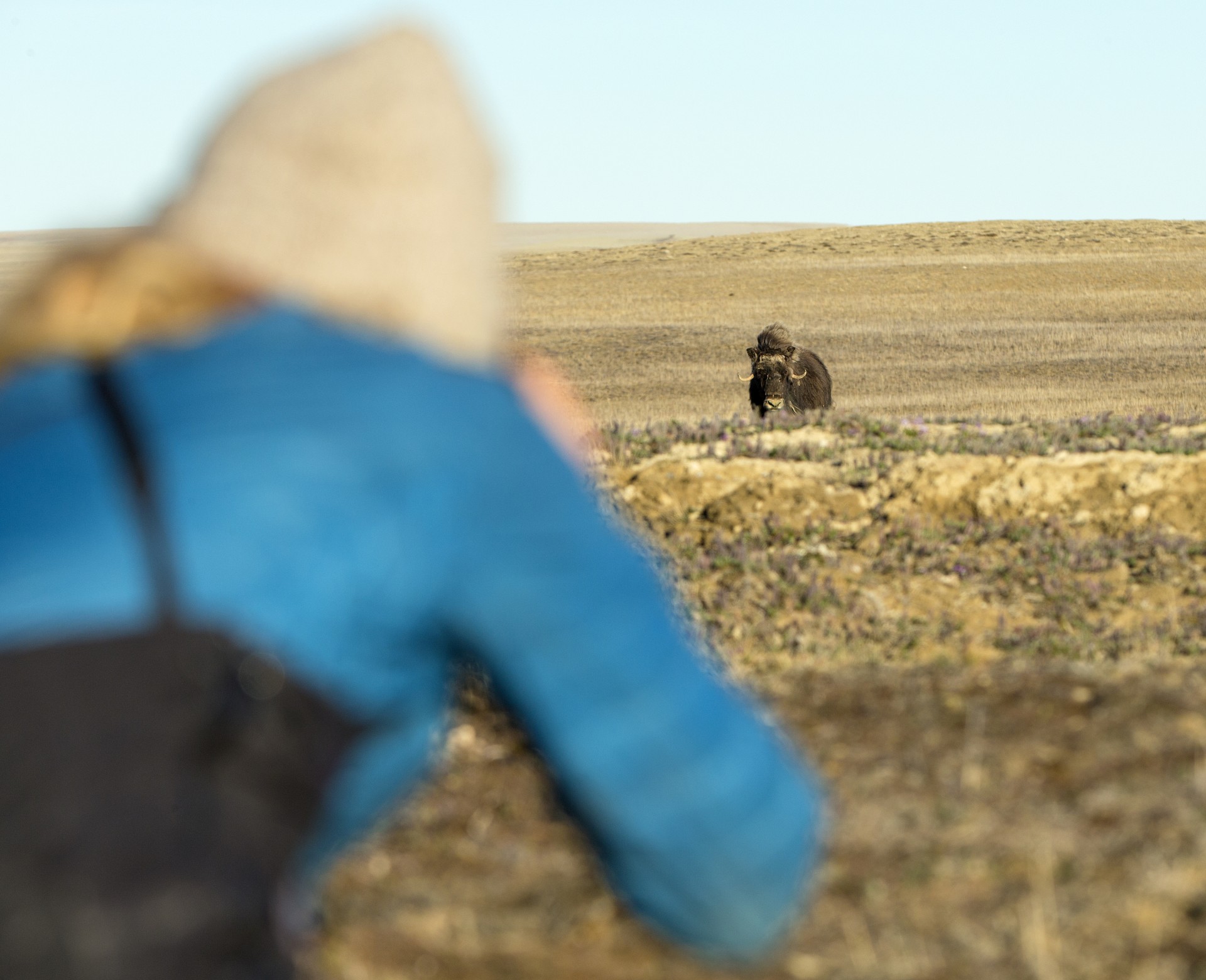
Muskoxen live uniquely in the high Arctic. Part of the Ovibos genus, they are technically relatives to the sheep and goat classification (Bovidae). Originally evolving in temperate Asia and later into the colder tundra climates, the modern muskox dominates the Canadian high Arctic and northern Greenland. It is thought they migrated over from Siberia up to 90,000 years ago. Muskoxen live on Somerset Island’s inland tundra and graze on the inland plains near Arctic Watch. Their diet consists mainly of willow, sage grass and arctic flowers such as saxifrage. Weighing in at 400 - 900lbs, muskoxen will reach speeds of 60 - 80km/h and live for 12 - 20 years!
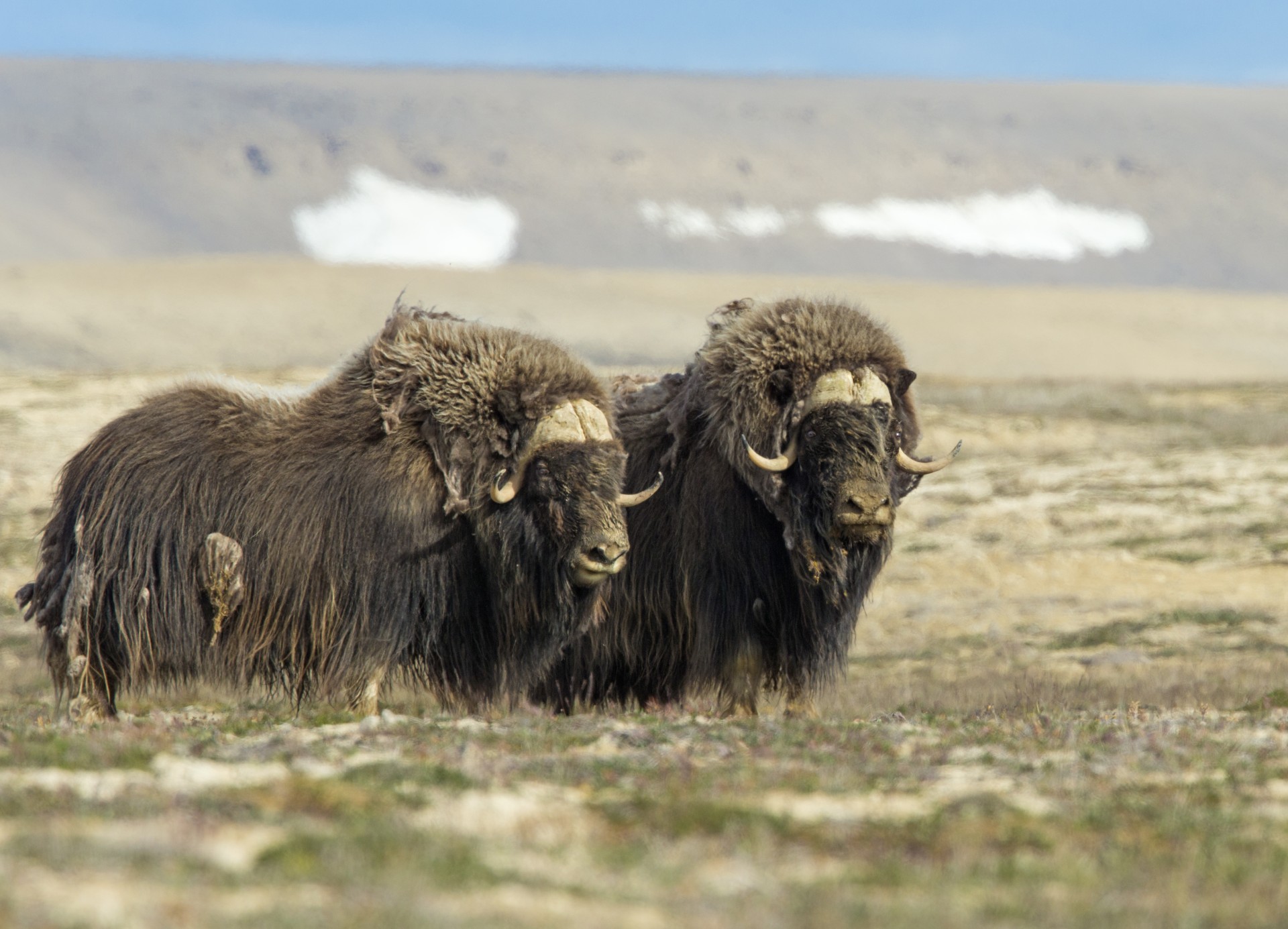
Living in small family groups (herds), they do not hold territories but will mark their trails with preorbital glands. Male and female muskoxen both operate within social hierarchies that are age based - the bigger, mature males and females will have dominance over the younger animals. Consequently, dominant muskoxen tend to have better access to resources (foraging areas). Dominance is displayed in shows of aggression - “rush and butt”, “roar and paw the ground” or treat subordinate bulls like cows. Younger bulls can gain dominance by overthrowing the leader of the herd.
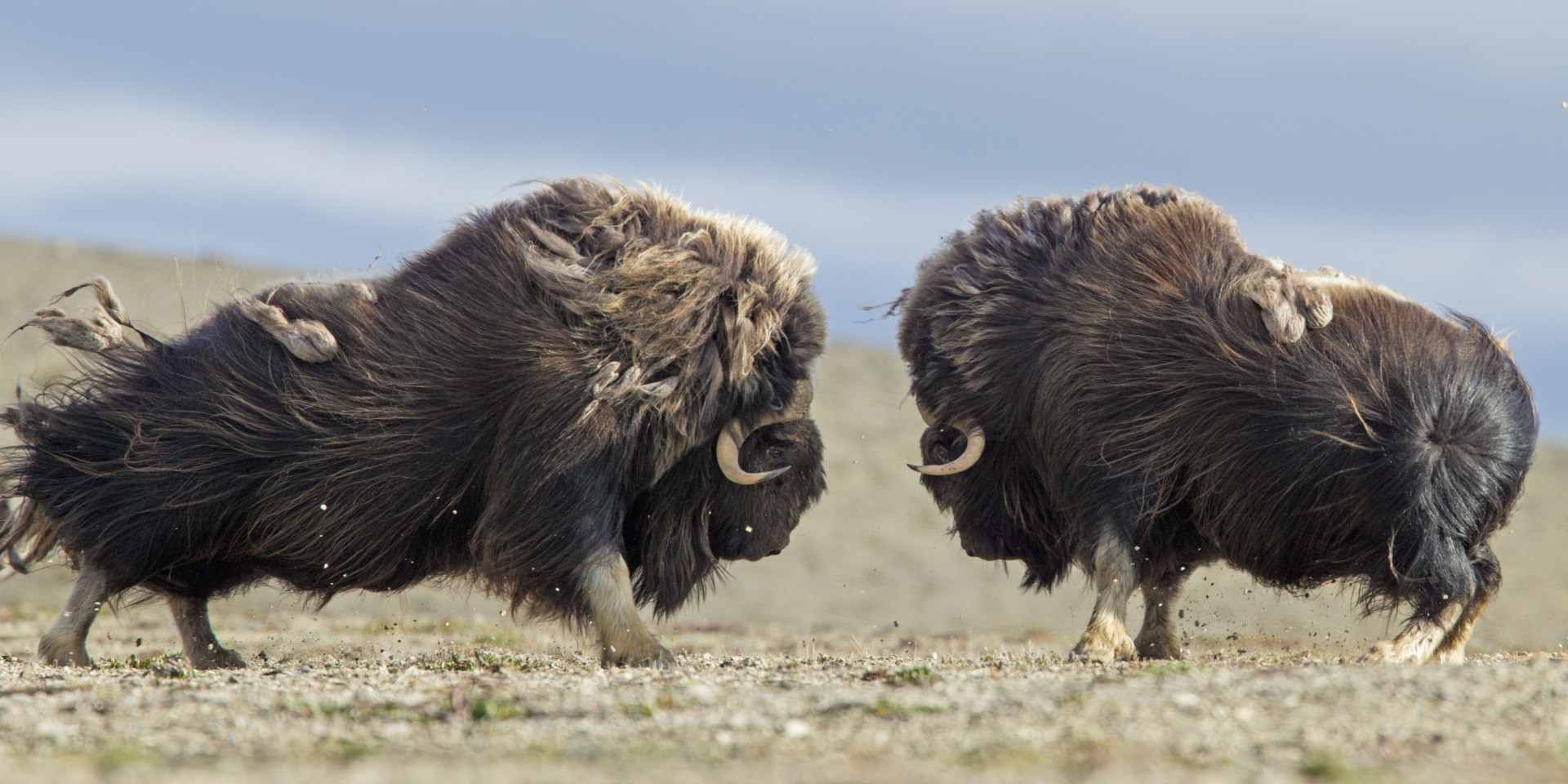
Every August at Arctic Watch, a special event takes place out on the tundra. The local musk ox herds go into the “rutting (or mating) season”. Male musk oxen compete for dominance of the herds on the tundra. Juvenile bulls will challenge older males for control, and breeding rights. This show is always extremely theatrical! Bulls will snort, paw, charge and bang heads together. The entire herd becomes extremely agitated while the two bulls fight for dominance. Females will often try to run away.
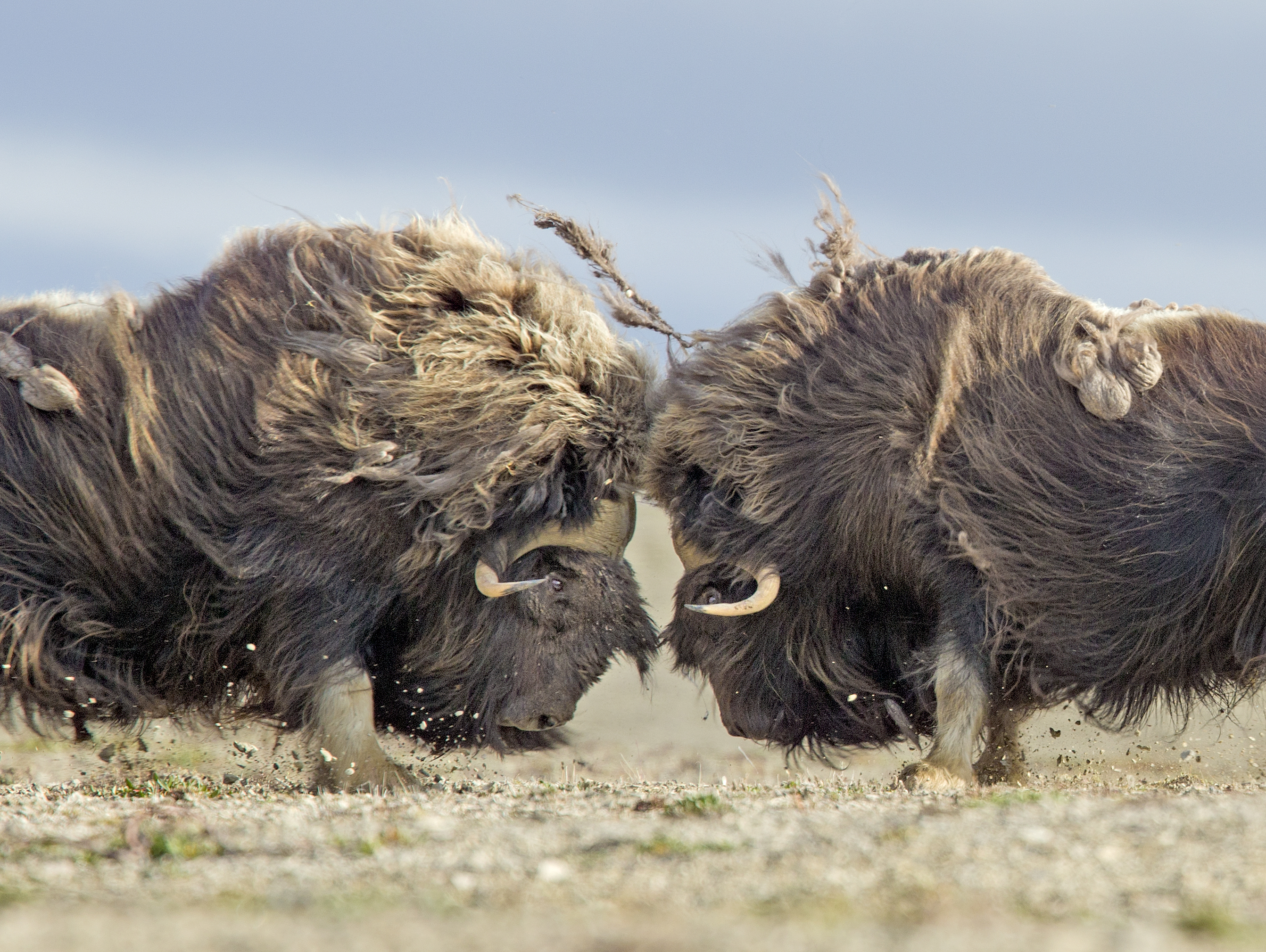
When photographing Muskoxen on the tundra, we recommend brining a longer lens such as a 400mm telephoto with tripod. While lone bull muskoxen will often be more receptive to cameras, herds with baby muskoxen are often quite cautious. A longer lens allows a photographer to capture natural interactions between muskoxen, without disturbing the younger animals. Our guides are there to help you get the best opportunities possible, without disturbing mother nature!
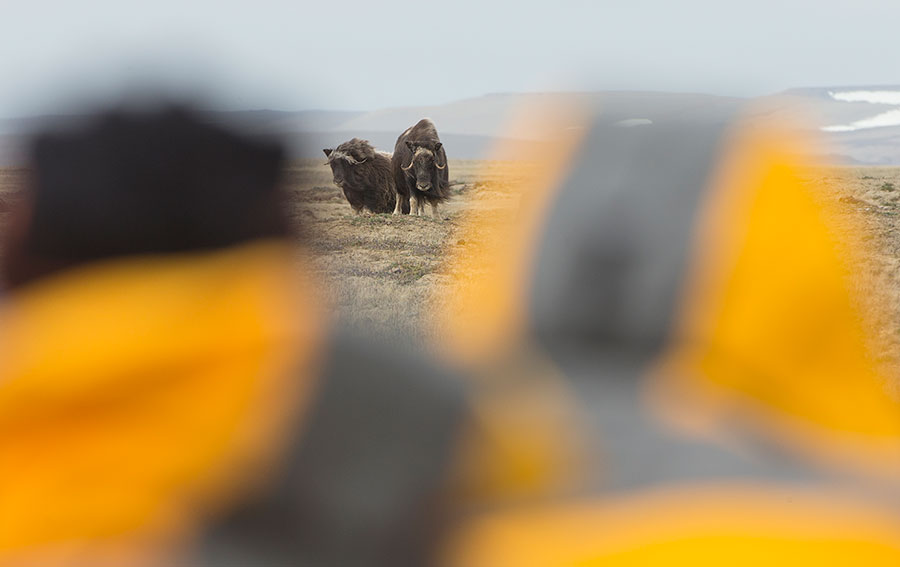
We understand that booking a trip like this is a big endeavour. Please reach out to us with any questions that you might have regarding your upcoming adventure.